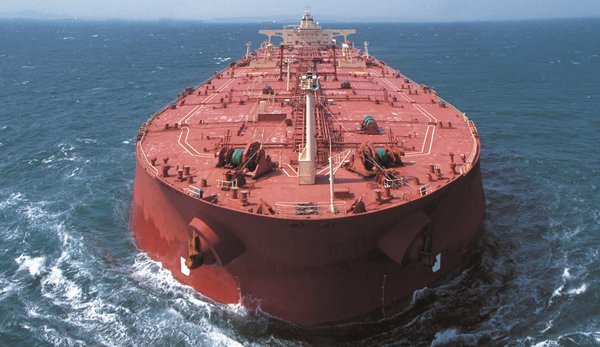China stockpiling oil on the cheap

Amidst global oversupply, China is benefiting form record discounts offered by competing crude producers. As the world’s second largest consumer and the largest crude oil importer as of 2014, the People’s Republic is expected to overtake the United States in gross crude imports as early as this year. Since January 2009, China’s oil imports have more than doubled, with crude imports reaching 7.1m barrels per day as of last December.
Despite growth in demand slowing as the economy shifts into lower gear, China continues to soak up oil from abroad. Its crude oil imports have outpaced demand due to stockpiling: when oil prices tumbled last year, China rushed to fill its Strategic Petroleum Reserve (SPR). China is close to accumulating 100m barrels as part of the second phase of this massive energy security initiative.
The National Bureau of Statistics made its first official announcement last November stating that the first phase of the emergency stockpile held about nine days of oil use, out of a goal of holding 90 days. As reported in the Wall Street Journal, analysts estimate the recent buying spree to hold around 40 days worth, or up to 50 when factoring in commercial reserves. The binge peaked in October when the China National United Oil Corp, a trading subsidiary of China National Petroleum Corp (CNPC), acquired up a record 47 tanker loads, or more than 23.5m barrels.
China’s economy is becoming less energy intensive as it transitions from an export-driven, industrial model to a more domestically focused, consumer-oriented one. Even at an assumed 3.3% annual growth rate, Chinese demand still accounts for 2.2m barrels per day of incremental oil use. According to the IEA, transport fuels dominate the Chinese growth outlook, accounting for roughly two-thirds of total Chinese oil demand growth up to 2019. China’s apparent oil demand has slowed to 2-3% in the past two years after growing at a compounded annual rate of 6% for a decade. This level is expected to be sustained over the next few years, according to the IEA and US Energy Information Administration.
At the beginning of this year, Iraq — with exports now at an all-time high — overtook Angola and Russia to become China’s second-largest oil supplier after Saudi Arabia, reaching a record 803,000 barrels a day according to Bloomberg. However, China is making efforts to diversify its crude imports with volumes from Africa — last year it became the biggest importer of African crude — as well as the neighbouring countries from the former Soviet Union and Latin America all projected to rise above 1m barrels per day by the end of the decade.
Unipec, China’s largest international trade company, remained the top of dirty tanker charterers in 2014 with 815 booked ships last year, or 7.8% of total fixtures in the market, according to shipbrokers Poten & Partners. Shell again took second place with 758 fixtures. Together, Chinese companies account for approximately 40% of the VLCC spot market.
A further effort to beef up energy security is China’s push to bypass the vulnerable Strait of Malacca, through which about 80% of China’s imported oil travels. CNPC co-built a port in the Bay of Bengal to feed the new Myanmar-China crude oil pipeline. In January, a 300,000 dwt tanker of Middle Eastern oil was the first to deliver what could eventually be an annual capacity of 22m tonnes, or 8% of China’s total 2013 oil imports, as part of its 21st Century Maritime Silk Route Economic Belt initiative which aims to knit an infrastructure network throughout the Central Asia.
In the same month, reliance on imported oil was further boosted when the government of Heilongjiang announced it was cutting back production of its mature Daqing oil field by 11m barrels this year. The higher cost field, which supplies around a quarter of domestic production, cannot compete with the current era of foreign cheap crude.
Just recently, the National Development and Reform Commission announced that refiners will be able to apply for access to imported oil if they meet new technical and environmental standards. With Sinopec and PetroChina accounting for 90% of imports, independent oil refineries have been eagerly awaiting the changes to become important swing suppliers.
While forecasting China’s actual demand for oil has recently been clouded by its SPR initiative, demand growth has shifted to a lower gear yet China will still be importing massive amounts of oil.
This article first appeared in the recently published Spring issue of SinoShip magazine, which readers can access for free here.
